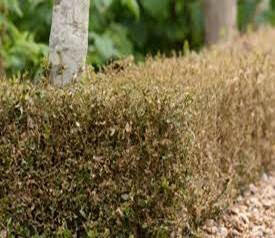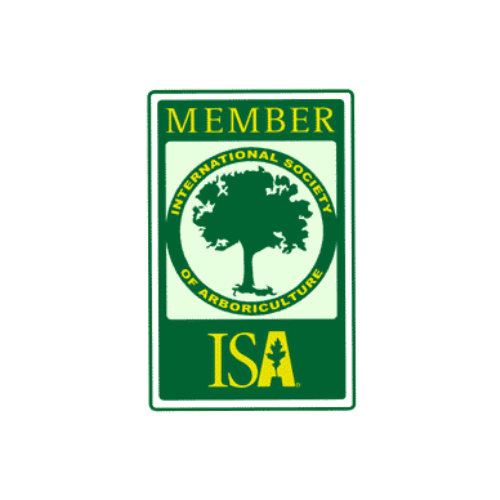Box tree caterpillars feed within webbing and can completely defoliate box plants in two weeks.
It is a relatively new insect to Britain. Whilst the adult moth was first reported in Britain in 2007, caterpillars were not found in private gardens until 2011, it has since become widely distributed across England (particularly London and surrounding areas).
Gardeners are likely to become aware of box tree caterpillar when they find webbing and caterpillars on box plants.
The pale yellow flattish eggs are laid sheet-like, overlapping each other on the underside of box leaves
Newly hatched caterpillars are greenish-yellow, with black heads. Older caterpillars reach up to 4cm (1¼in) in length and have a greenish/yellow body with thick black and thin white stripes along the length of the body
The pupae are concealed in a cocoon of white webbing spun among leaves and twigs
The adult moth usually has white wings with a faintly iridescent brown border, although the wings can be completely brown or clear. The moth has a wingspan of around 4cm (1¼in)
The caterpillars eat box leaves and produce webbing over their feeding area. Plants may also show patches of dieback which may be especially apparent on trimmed plants. This is not to be confused with dieback caused by the disease known as box blight
Caterpillars are also capable of stripping bark which can result in girdling of affected sections












